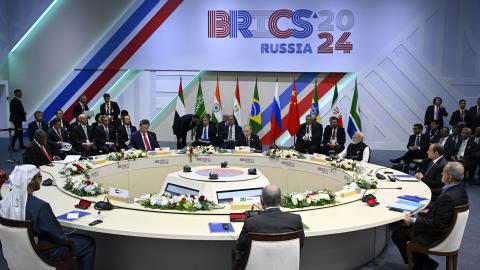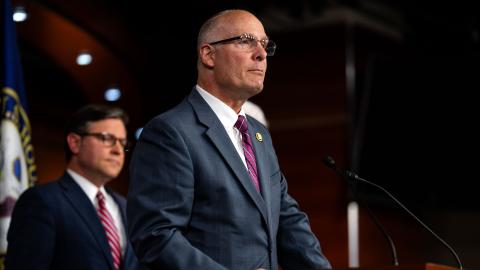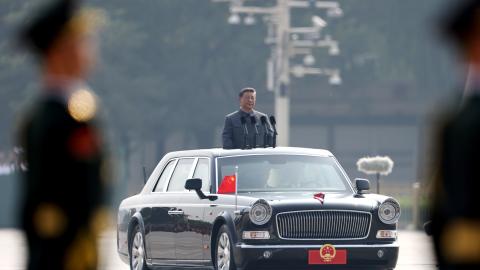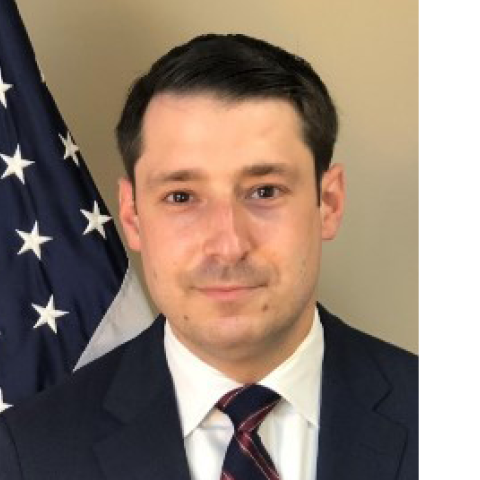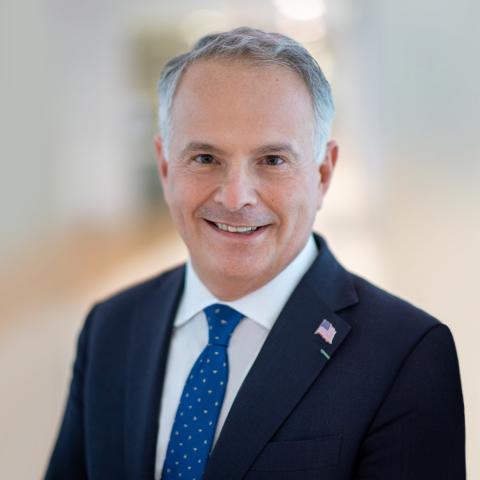The Gore Campaign has just launched a blistering $ 5.4 million ad campaign that attacks George W. Bush's record as governor on providing health care to children in Texas. After noting that "George Bush says he has a plan to improve children's health care," the ad rhetorically asks, "Why hasn't he done it in Texas?" Well, the answer is quite simple: President Clinton and Vice President Gore did all that they could to prevent Bush from doing so.
In 1995, under Bush's leadership and with bipartisan support, the Texas legislature authorized a sweeping social service reform. Through the use of competitive bidding, the costs for administering the state's health and human services programs would be reduced. The aim was simple: to use savings generated to improve services to the poor. Under the plan, the state would contract with private companies to process Medicaid, food stamp, and AFDC claims. Merging these various state aid offices and contracting out their services would have saved taxpayers $ 10 million a month. These savings would have been plowed directly into paying for health care for uninsured children in Texas, whose numbers, according to some liberal activists, range as high as 1,400,000.
For this program to be implemented, Texas needed to get a waiver from the Clinton administration. Specifically, the federal welfare regulations that prohibit employees of private firms from deciding caseload eligibility would have had to be eased. Bush spent nearly ten months seeking this waiver.
The waiver request caused heartburn for the Clinton administration. An internal White House memo, dated April 4, 1997, indicates there was administration support for elements of the Bush plan. The memo, signed by health and human services secretary Donna Shalala, agriculture secretary Dan Glickman, and Bruce Reed, assistant to the president for domestic policy, urged a prompt response to Bush's "good faith" efforts at reform. In particular, the memo noted that under Bush's plan, "the state could save enough to expand health care coverage to up to 150,000 needy children." (Other estimates given in the press said that the savings could have provided health care for up to twice that number of needy youngsters.)
Recognizing the clear benefits of Bush's approach, Shalala, Glickman, and Reed urged a compromise, forcing the private contractors to work with public employees to screen applicants. Signing off on this compromise, they noted, would encourage other states to "explore innovative ways to deliver public services."
But even this compromise, which would have severely reduced the savings generated, was too much for the administration's politicos. Organized labor, fresh from its efforts on behalf of congressional Democrats in the 1996 campaign, wanted to kill the Bush plan as part of its drive to stop privatization in its tracks. In their memo, Shalala, Glickman, and Reed frankly attributed union opposition to fear of public sector layoffs. In late March 1997, union leaders, including AFL-CIO president John Sweeney, demanded and were granted a meeting with President Clinton where they insisted that he scuttle the Bush plan. In late April, when he addressed the American Federation of State, County and Municipal Employees, Vice President Gore was urged to kill the plan. Labor's threat, reportedly voiced in a variety of ways, was that if the Texas plan were approved, labor would side with Dick Gephardt, House minority leader, were Gephardt to challenge Gore in the 2000 primaries.
Sensing both its debt to labor and this threat, the Clinton-Gore administration decided to protect the jobs of public employees at the expense of increased health care for the needy children of Texas. In May 1997, reportedly at Gore's insistence, Clinton rejected both the Bush plan and the Shalala-Glickman-Reed compromise.
So the next time one of those ads runs, just remember: At least 150,000 children in Texas are doing without health care because of the Clinton-Gore administration.

Caption
(Getty Images)



